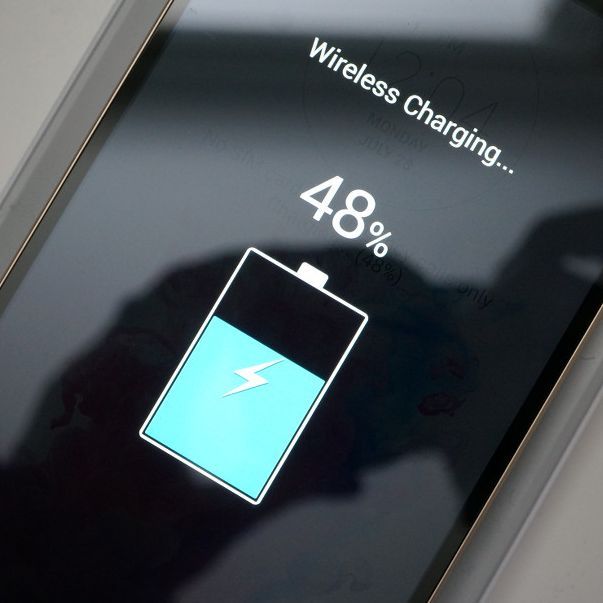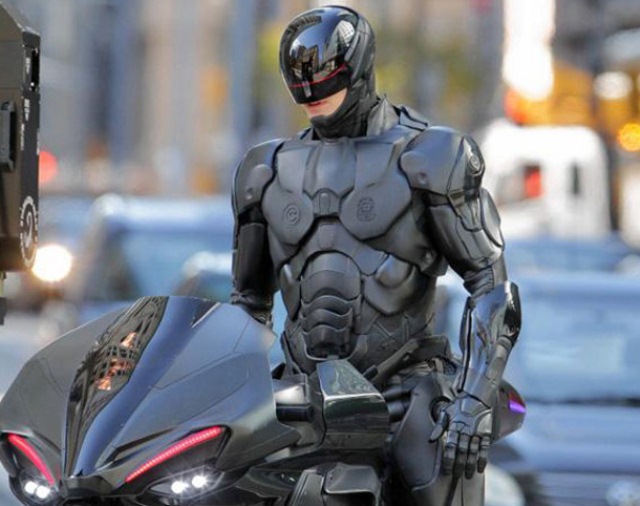What is Fast Charging smartphone, How it works and its Types
Battery capacity of modern smartphones is growing, but also the power consumption also increases. Increased battery positive effect on the scope of autonomy but increases the charging time. If the device like original iPhone or HTC HD2 can be charged the USB 2.0 ports in 2 hours, but now some Lenovo Vibe P2 require it for about 10 hours. To reduce the time spent on charging, manufacturers are actively introducing support for fast charging function.
Fast charging smartphone is a technology that works by increasing the current, which is fed to the battery from the power supply. Initially, power supplies for charging mobile devices issued 5 V with a force of 500-1000 mA. But these parameters can be theoretically an hour to make up for a smartphone 1000 mAh battery capacity. In practice, this value is even lower, because the more the battery is charged – the more necessary to reduce the current.
The principle of fast charging smartphone
The very first way to speed up the charging process has been the increased current. Early technology has allowed to give effect to the current 2 amps, at a voltage of 5 volts, which gave power to 10 watts. However, it continues to move in this way has been difficult: thick wires are required for high currents, because of this resistance depends lived. With poor quality cable even get 2 A hard, as any drawdowns.
Use a cable with a large cross section lived problematic, so the producers decided to go the way of increasing the voltage, while maintaining the same amperage. However, lithium batteries are required for the narrow voltage range of the charge, apply “pure” 12 on the contacts can not. To solve the problem, special charge controllers have been developed, which are built into the chipset or the motherboard. They take the voltage is above 5 volts, transforming it into an optimum for the battery cells.
Types of fast charging for smartphones
In order to increase the charging rate component manufacturers for smartphones are developing new technologies fast charging. Qualcomm offers QuickCharge, MediaTek has in competing Pump Express, while the OPPO – analogue called VOOC. Samsung offers users Adaptive Fast Charging. The Asus smartphone has support for Asus BoostMaster, in Motorola – TurboPower, and Huawei – SmartPower.
Actual generation QuickCharge PumpExpress and are able to use different voltages, power supplies can produce from 5 to 12 V. Charger communicates with the charge controller, which receives the “clues” which the current and voltage should give at the moment. Can be used as a step control (5, 9, 12, etc.) and smooth (from 3.2 to 20 V in steps of 200 mV is applied in QuickCharge 3.0).
As for the wireless charging chip is responsible, then it depends on him the type of technology used. Independence can be considered methods of Qualcomm, Samsung, Mediatek, Huawei, ie, companies that produce chipsets. VOOC stands apart from Oppo. It is implemented through the use of multi-cell battery that can be charged simultaneously. Due to this “pour” 2500 mAh can be as little as 15 minutes.
Other rapid capacity the technology is, as a rule, on the basis of variations QuickCharge, called a different name. And as a whole – they all use the principle: first, the power supply is gradually increasing the current and voltage, picking up the maximum possible settings, then the maximum output is charging up to 50-70% of capacity, and more – is a gradual decline of current and voltage.
Is wireless charging smartphones harmful?
Lithium (Li-ion and Li-polymer) batteries are sensitive to power smartphones charge. Using low-quality storage, charging and discharging excessively high current can shorten their life, so there are allegations of harmfulness fast charging.
In fact, the power controller – is quite difficult device, which is able to select the optimum mode of replenishment capacity. While the charge density in the cell akkumuloyatora low – he picks up the maximum possible charging power. With increasing density of the chemical processes of the battery are accelerated, increasing heating (namely, it does harm). The controller detects it and reduces the power supply to prevent heating. As a result, temperature control is maintained normal, negative impact on the battery is reduced to a minimum.
Can smartphone explode due to fast charging?
On the Internet often emerge news of explosions smartphones, and horror stories about the fact that this is due to the rapid charging, very common. In theory, this is possible, but often the problem – not fast charge technology, and equipment failure. Using low-quality power cables and blocks the use of smartphones with a damaged battery, deformed body, etc. – These are the main causes of explosions and fires.
To avoid fire, explosion, or just the battery swelling – just follow a few simple rules. You can not infect a smartphone cover pillow or other object, leave it to charge for hot summer sun windowsill or car dashboard. It is also not recommended to use the cables and power supply units of dubious origin.





